Western Bulk Herbs – Cranesbill Root
Cranesbill is primary use to treat diarrhea in children without side effects. Cranesbill is an unusually rich source of tannins and it’s used in poultices to treat pain from infection or inflammation. It can also be used to relieve recurring breast pain.
The tannins in cranesbill make it useful for treating a wide variety of conditions such as a sore throat, canker sores, ulcers, burns, gingivitis, leukorrhea, and hemorrhoids.
Latin Name:
Geranium maculatum
Common Names:
Wild geranium, alumroot, storksbill, Alum Root, Spotted Cranesbill, Wild Cranesbill, Storksbill, Alum Bloom, Chocolate Flower, Crowfoot, Dove’s-foot, Old Maid’s Nightcap, Shameface
Parts Used:
Dried rhizome, leaves.
Properties:
Styptic, astringent, tonic
Traditional Uses:
Tea, tincture, and poultice.
Topical Uses / Applications:
Culinary Uses:
Not used in cooking.
Chemical Properties:
Tannins, which oxidize to give the tea a red color, also gums, resins, starch, anthocyanidins, and calcium oxalate.
Cautions:
GRAS: Generally Recognized As Safe. This herb can be safely consumed when used appropriately.
Folk Lore:
Cranesbill is an unusually rich source of tannins. It is so rich in tannins that it is a traditional astringent for bleeding, and an essential tool of Russian herbal medicine for treating diarrhea.
Dr. Samuel Waggaman wrote in his 1895 Compendium of Botanic Materia that cranesbill main virtues lie in its powerful astringent qualities, and it is highly recommended for diarrhea and dysentery.
*Disclaimer: These statements have not been evaluated by the Food and Drug Administration. This product is not intended to diagnose, treat, cure or prevent any disease.
Resources:
PDR for Herbal Medicines, 2000. Medical Economics Company, Montvale, New Jersey.
The New Holistic Herbal. David Hoffmann, 1990. Barnes and Noble Books, New York.
A Modern Herbal, Mrs. M. Grieve, (Dover Publications, New York, 1971)
Major Herbs of Ayurvedic.Compiled by Dahur Research Foundation and Dahur Ayurvet Limited, Ghaziabad, India., 2002. Churchill Livingstone, London, England.
Chinese Herbal Medicine: Materia Medica, Third Edition, Dan Bensky and Andrew Gamble, 1986. Eastland Press, Seattle, WA.
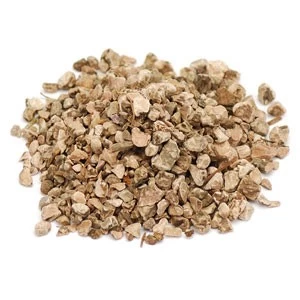
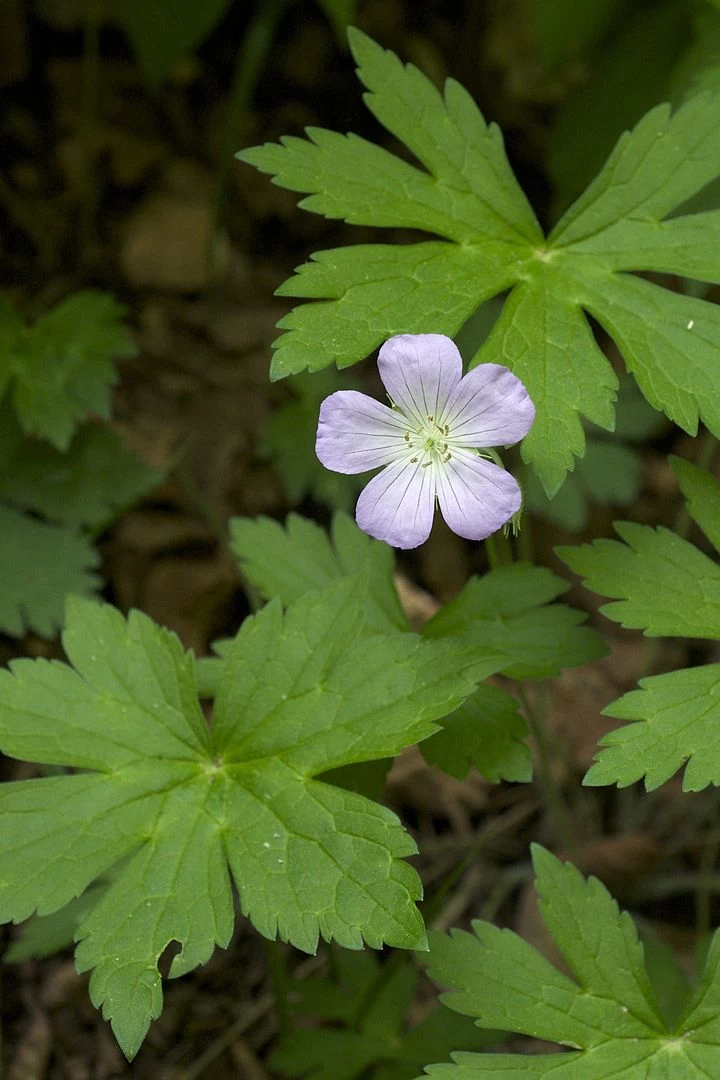
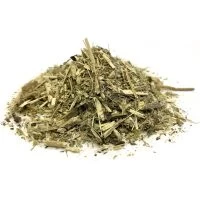
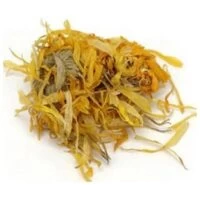

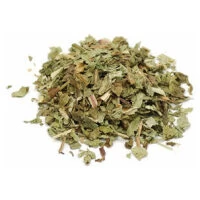

Reviews
There are no reviews yet.